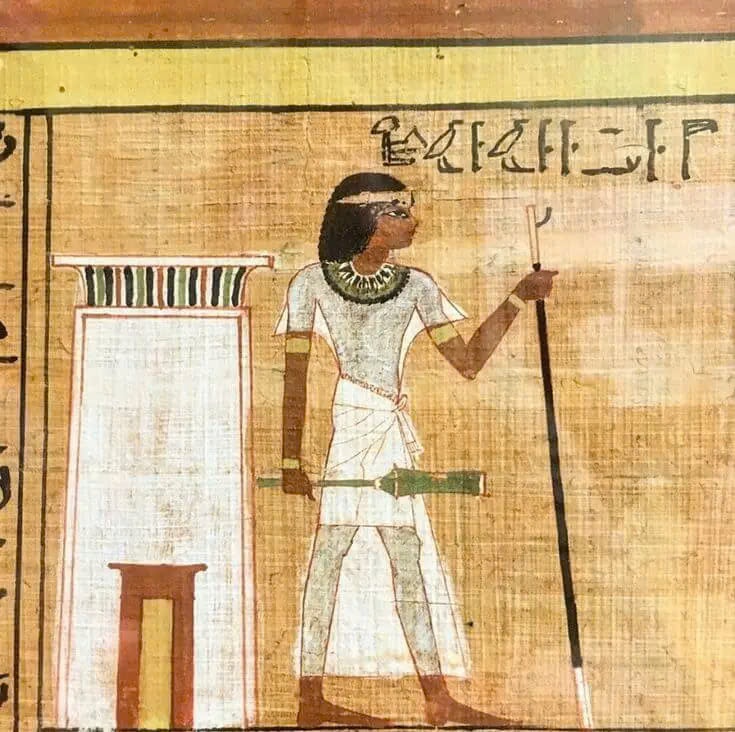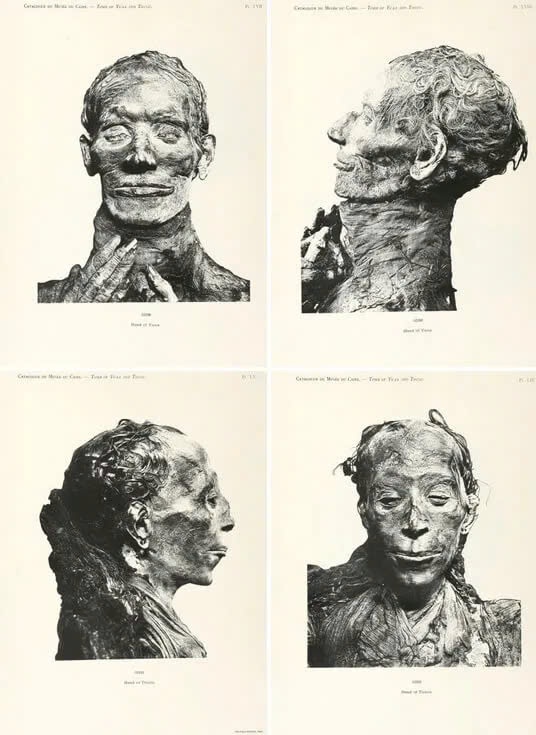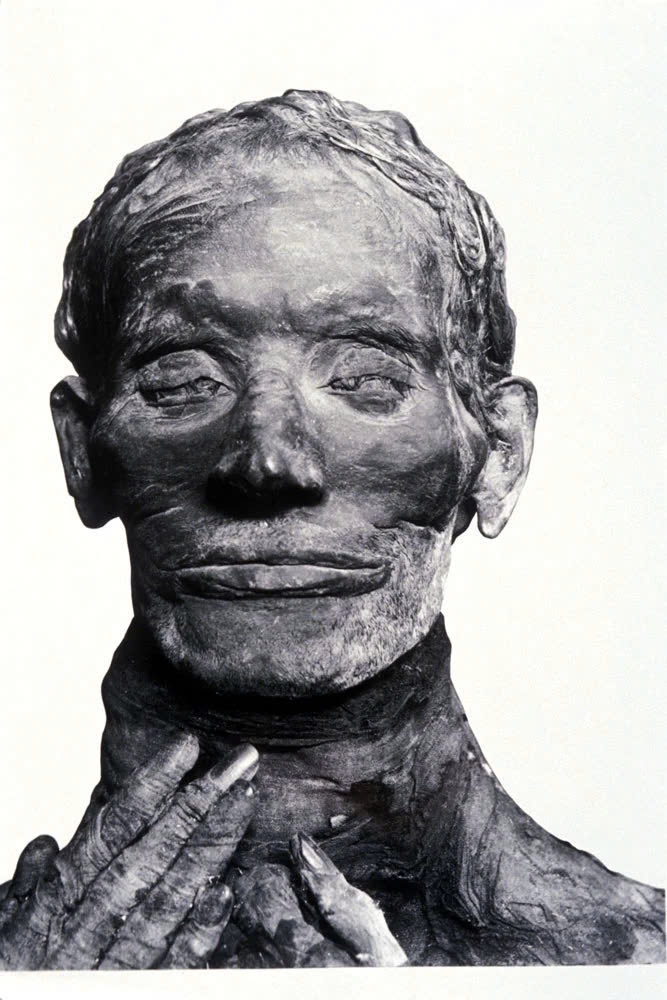In 1905, the sands of Egypt’s Valley of the Kings revealed a discovery that would captivate the world and deepen our understanding of ancient Egyptian nobility. British Egyptologist James Edward Quibell unearthed Tomb KV46, the final resting place of Yuya and his wife Thuya. This “untouched” tomb offered unparalleled insights into the lives, rituals, and burial practices of Egypt’s elite in a way never before seen.
A Courtiers’ Final Resting Place
Yuya was no ordinary Egyptian. Hailing from Akhmim, he held several prestigious titles, including “King’s Lieutenant” and “Master of the Horse.” He served as a prophet of the fertility god Min and as the “Superintendent of Cattle,” a vital economic role that underscored his influence in both religious and administrative spheres. Yuya’s tomb, filled with lavish burial artifacts, showed a level of honor typically reserved for royalty, despite his non-royal lineage—a testament to his esteemed status at court.

An Unmatched Tomb: Preserved for Centuries
Before the legendary discovery of Tutankhamun’s tomb in 1922, Tomb KV46 was considered one of the most spectacular finds in the Valley of the Kings. Although it had suffered plundering in antiquity, the wealth of artifacts and the exceptional preservation of the mummies were astonishing. The collection included statues, furniture, and precious items, offering a glimpse into the luxurious lifestyle of Egypt’s aristocracy during the 18th Dynasty.

Yuya’s Mummy: A Glimpse into History
The preservation of Yuya’s mummy was so exceptional that renowned anatomist Sir Grafton Elliot Smith described it as one of the finest examples of embalming from the era. The remains, believed to belong to a man between 50 and 60 years old at the time of death, revealed details that brought Yuya’s life and death into striking clarity. His yellowish, wavy hair—likely bleached by embalming substances—remained intact, as did his facial features, allowing modern viewers a hauntingly personal look at a figure from over three thousand years ago. Yuya’s body cavity was filled with resin-soaked linen, his arms crossed over his chest, and his fingers extended with precision. Even his eyelids and eye sockets had been carefully crafted by embalmers, revealing the intricate techniques employed in ancient Egyptian funerary practices.

Signs of Ancient Theft and Yuya’s Legacy
Although thieves had raided Tomb KV46 in ancient times, several remarkable treasures remained. Behind Yuya’s neck, a partially strung necklace of gold and lapis lazuli beads hinted at the tomb’s original grandeur and the hurried efforts of the ancient thieves. These remnants, combined with other artifacts, showcased the wealth and attention bestowed upon Yuya and Thuya in death.

Faces from History: The Timeless Legacy of Yuya and Thuya
The preservation of Yuya and Thuya’s facial features offers an extraordinary glimpse into how they appeared in life, providing a rare, almost intimate connection to ancient Egyptian history. This remarkable find continues to intrigue scholars and the public alike, bridging the past with the present and inviting all who observe their mummies to look into the faces of history.

